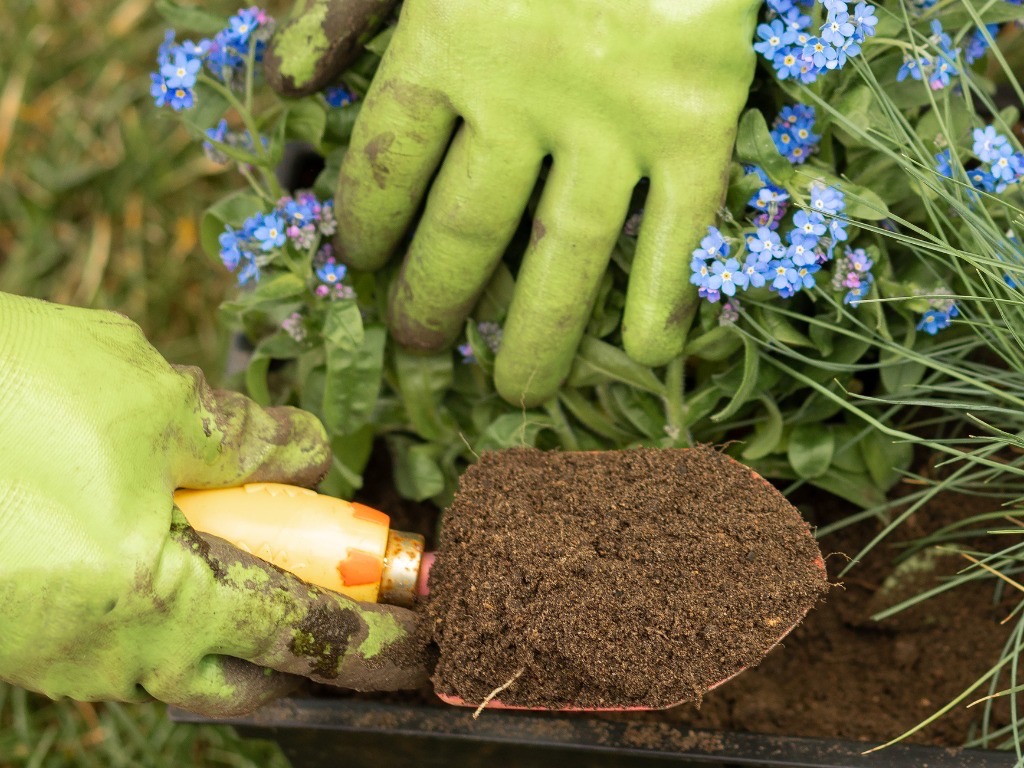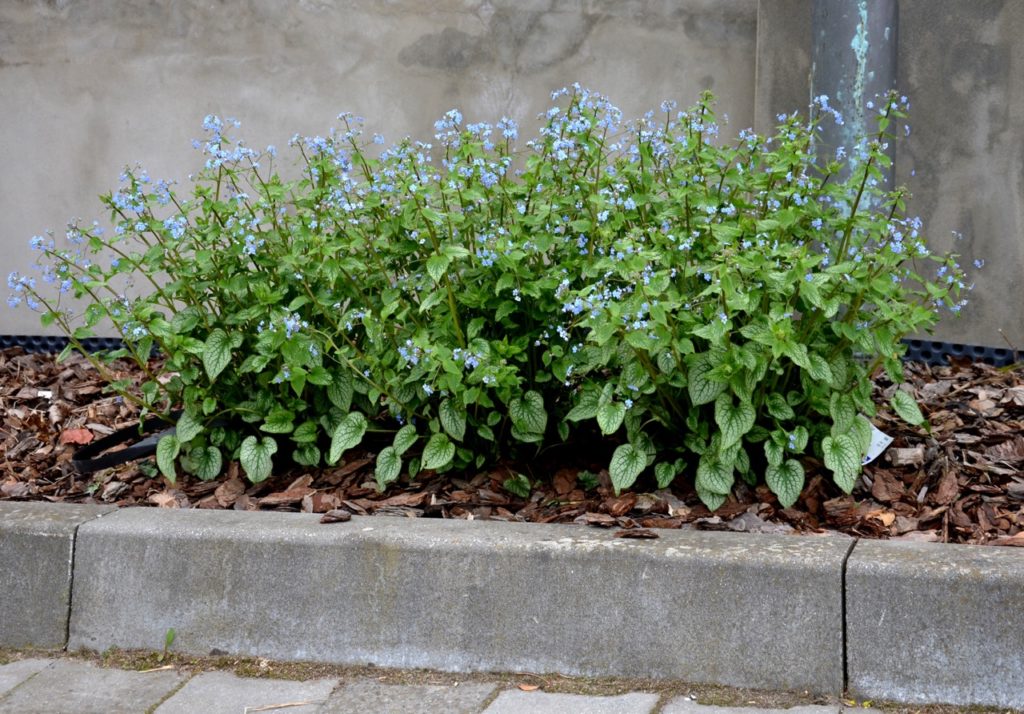‘Myosotis Makes A Great Filler Plant For Pots Of Spring Bulbs’ Says Master Horticulturist

PERENNIALS > MYOSOTIS > CONTAINERS
Reviewed By COLIN SKELLY

Colin is a Horticulturist and Horticultural Consultant with experience in a range of practical and managerial roles across heritage, commercial and public horticulture. He holds the Royal Horticultural Society’s Master of Horticulture award and has a particular interest in horticultural ecology and naturalistic planting for habitat and climate resilience.
IN THIS GUIDE
MYOSOTIS GUIDES
Container Growing
Growing From Seed
Planting
With their dainty but prolific flowerheads, wide spectrum of colours and effortless spreading habits, forget-me-nots are the ideal option for adding intrigue to your ground cover in beds and borders.
Whilst forget-me-nots are traditionally grown directly in the ground, it’s extremely easy to achieve the same eye-catching effects in pots, window boxes or hanging baskets.
“Myosotis makes a great filler for pots of spring bulbs, clothing the base of the pot and spilling over the edges, providing the perfect foil for the vertical accents of taller bulbs,” shares Horticultural Consultant Colin Skelly.
Indeed, in some circumstances, it’s actually preferable to do so.
For more information on exactly how to cultivate forget-me-nots in containers, this article should tell you everything you need to know.
Can You Grow Forget-Me-Nots In Containers?
First and foremost, the answer to this question is a resounding yes!
Forget-me-nots are often favoured for their propensity to spread without becoming weedy or invasive, which is why they generally appear as part of an outdoor display.
Although they’re not the most aggressive ground cover option available, that doesn’t mean they can’t get too big for their boots on occasion.
Their prolifically self-seeding nature means you might get more than you bargained for.

Growing your specimens in pots cuts off that option.
Another advantage of growing forget-me-nots in a container is that you can easily move them around as your preferences or the climate dictate.
Rearrange floral displays with the minimum of fuss and bring vulnerable plants indoors during the wintertime.
It’s that easy!
Choosing A Container
Forget-me-nots are moisture-loving plants and your choice of a container should reflect that.
Generally speaking, plastic is a better option than either ceramic or clay, since they do not lose moisture as quickly.
They’re easier to move around too.

If you don’t like the aesthetic of a plastic pot, you could always house it inside a more visually impressive alternative.
Be sure to choose a container with adequate drainage holes though, since forget-me-nots hate dryness, but they will die if they go too far the other way and become waterlogged.
Compost Requirements
Forget-me-nots aren’t overly fussy about the type of terrain in which they grow, with even poor fertility not an insurmountable barrier to their growth.
I advise mixing two parts of potting soil with one part compost and one part perlite, grit or sand.

By doing so, you’ll ensure that the plant has adequate nutrition and drainage, allowing it to grow to its full potential and flower as reliably and as attractively as you desire.
At the same time, you won’t overload it with nutrients (as a fertiliser might) and end up with a leggy specimen.
Potting Up Myosotis
The exact dimensions of the container you will require can vary depending on the specific type of forget-me-not you’re planting.
However, as a general rule, you should be able to house one plant comfortably in a pot with a diameter of between 30-45cm and won’t need to upgrade the pot size later on.
Fill the pot to within 2.5cm of its upper lip and don’t tamp the soil down too firmly, since you still want the plant’s roots to have the freedom to develop.

Plant your forget-me-nots in early spring to give them enough time to establish themselves in time for blooming in summer.
It is, of course, possible to grow forget-me-nots from seed in a container and it doesn’t pose much more of a problem than growing from a nursery-reared specimen.
However, the former is unlikely to flower much (if at all) in its first year, so opt for the latter if you want blooms right away.
How Many Can You Plant Per Pot?
As mentioned above, it’s best to keep your forget-me-nots in separate containers if possible.
This will ensure they have enough room to stretch out and grow to their full potential.
It also minimises the possibility of powdery mildew developing on your plants.

On the other hand, it is possible to plant more than one forget-me-not per pot if that’s really what you desire.
Simply multiply the container dimensions by the rough guide above, meaning a pot housing 2 plants should be a minimum of 60-90cm in diameter.
Potted Myosotis Care
Position your Myosotis in a location that receives at least 6 hours of sunshine a day, such as a west or south-facing window.
If you’re lucky enough to live in a particularly warm part of the country and plan to keep your potted forget-me-nots outside, you may need to locate them in a partially shaded spot.
Potted forget-me-nots have a tendency to dry out more quickly than those grown outdoors, so water them deeply around once a week until the liquid seeps out from the bottom of the pot.

You don’t need to water them again until the topsoil is completely dry.
Fertilising your forget-me-nots is optional, and although it is not necessary in the majority of cases, it can provide them with an additional boost come blooming season.
If doing so, apply a light application of slow-release, granular fertiliser in spring.
Always apply to moist soil in order to avoid the possibility of root burn.

